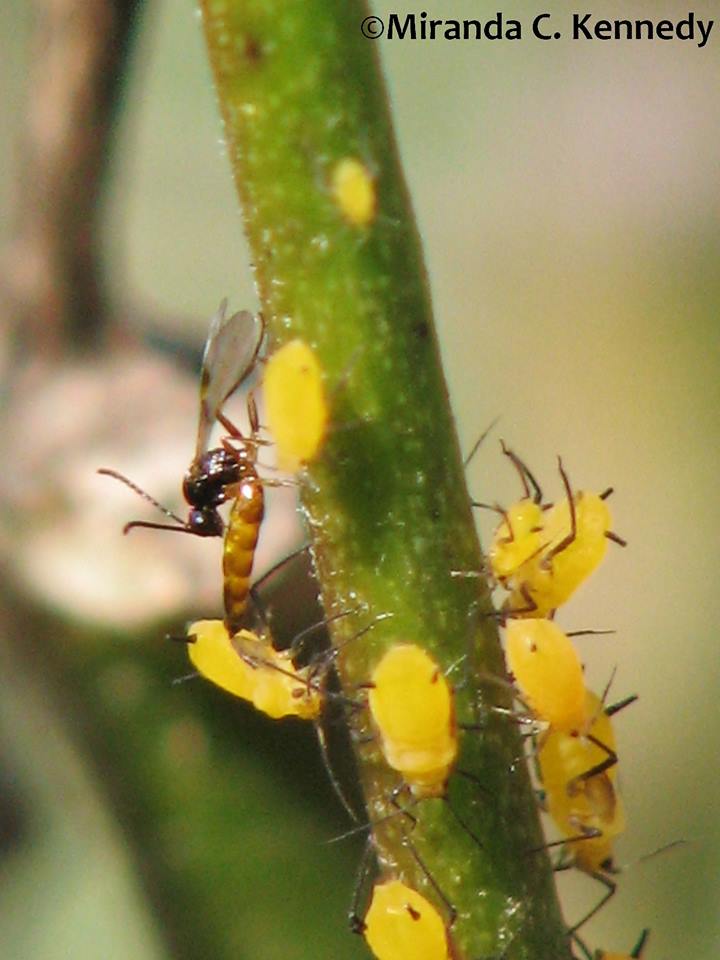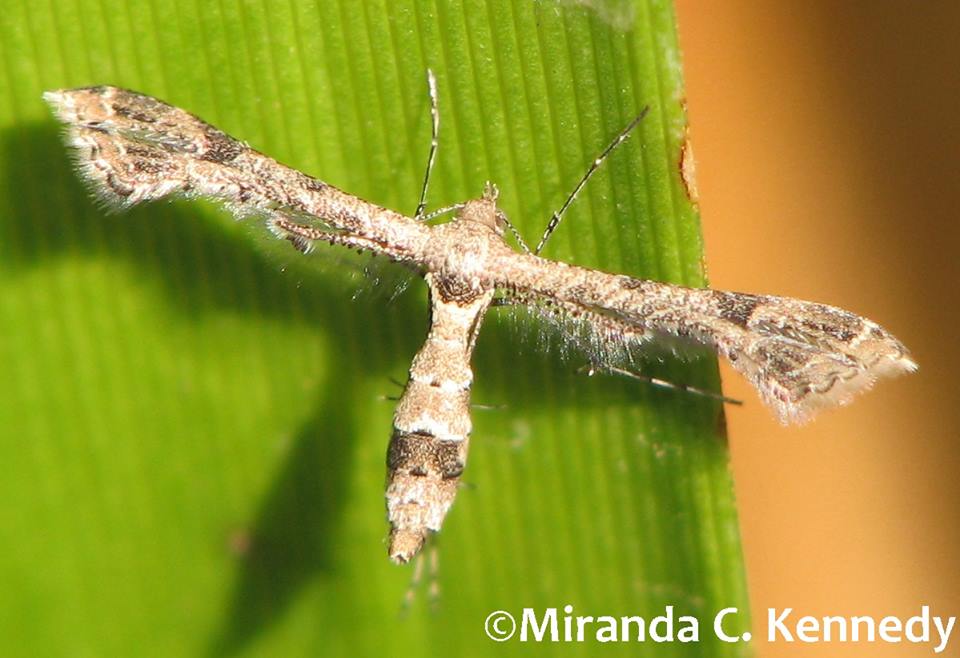
Native Insects and IPM

Honeybees are not native to North America; however, we have an amazing number of underappreciated, ignored or sprayed native insects. Here in Southern California where the lack of rainfall has created a landscape called the Elfin Forest, the canopy is short, the animals are small and many of the insects are very tiny. If you take a careful look at clusters of small blossoms you will see tremendous air traffic. Besides the honeybees, there are butterflies, moths, and bees, wasps and flies that range in size from the large black carpenter bees and shiny green June bugs, to predatory wasps no larger than a speck of dirt on the back of your hand. These are your companions. They are the unsung workers responsible for a large percentage of pollination and invasive insect control. They in turn are food for the other policing creatures of your garden, the small birds, lizards, frogs and toads. And newts, salamanders, dragonflies and damselflies… I don’t want to leave any of these marvelous workers out.

These tiny insects need small clusters of flowers to feed upon, and planting to cater to the native insect population wherever you live is vitally important. It is just as important as building good microbial communities in the soil.

Here is a video – a shaky one taken with my phone as my camera is in for repair – of the tremendous activity around our blooming apple mint. The mint is next to our vegetable garden, and pollination is never a problem. Throughout our property we have blooming plants, mostly natives especially of course in our permaculture Zone 5, and they are feeding thousands of native insects – and honeybees – as well.
Please be patient with the video (it picks up my pulse!) and enjoy our August garden.